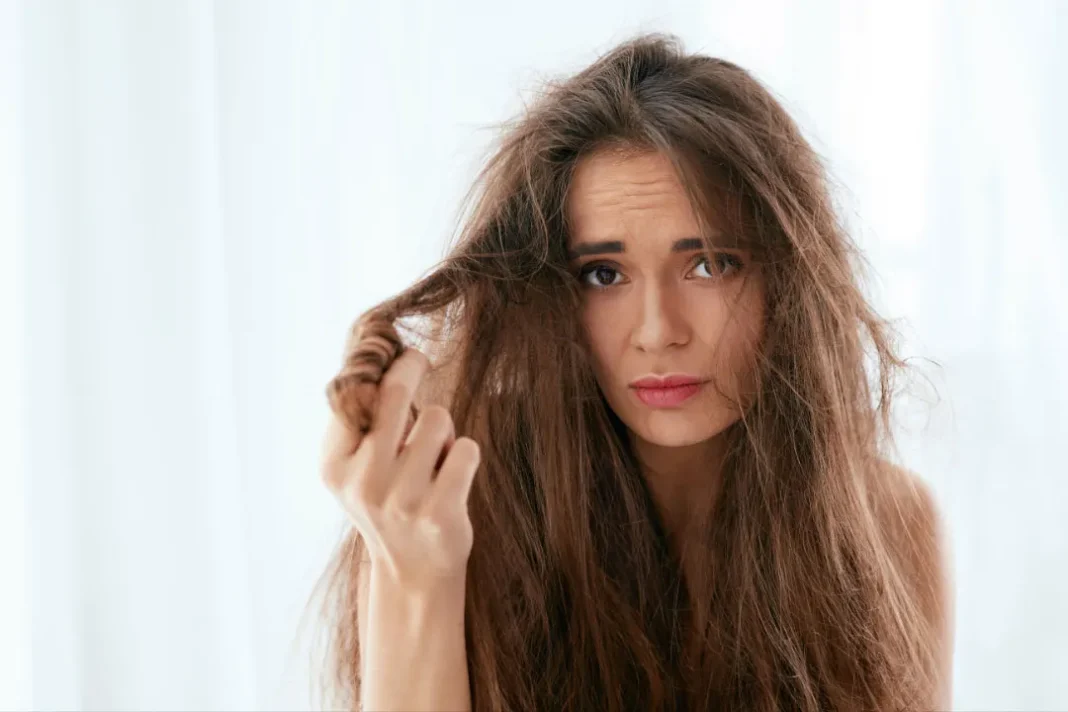For those with thinning hair, getting to the root of the problem is a top priority. Two popular options that have emerged are keratin treatments and stem cell treatments. We will explore the benefits and distinctions of these hair care approaches and provide a clearer understanding of keratin treatment for thin hair vs. stem cell treatment.
We naturally lose anywhere from 50 to 100 strands of hair daily. Still, anyone with thin hair knows losing even a few more strands than usual can be a problem. Thin hair doesn’t have as much density, making every strand precious and essential for styling and creating volume.
The medical term for hair loss is alopecia. It can be caused by many factors, anywhere from genetics to cancer treatment. Addressing alopecia can mean changing to a less damaging hairstyle — like not wearing your hair in tight braids or using heat. In more severe cases, some people take supplements or medications.
Specific treatments are available for thinning hair, often a precursor to balding. Some people opt for a keratin treatment, which can replenish the hair by applying high concentrations of keratin. It’s a protein that supports your hair, nails, and skin and helps heal wounds.
Stem cell treatments are also available, which rejuvenate hair follicle cells. Several studies suggest they are effective in combating baldness and thinning.
We’ll look at stem cell treatments and keratin treatments for thin hair and compare the two. If you’re experiencing thinning hair, keep reading to learn more, but follow up with a dermatologist regarding which treatment works best for you.
You May Also Like:
PRIMAL MULTIVITAMIN VS MYPEAK WELLNESS: WHICH MEASURES UP, ACCORDING TO SCIENCE
GOING BALD IN YOUR 20S? HERE ARE 5 GREAT REASONS TO TRY A TOPICAL TREATMENT FOR HAIR LOSS
Keratin Treatment for Thin Hair vs. Stem Cell Treatment: A Battle for Optimal Hair is an original (MedNewsPedia) article.
Keratin treatment for thin hair:
What is it?
As previously mentioned, keratin is a protein found in the hair. Treatment mainly focuses on combating frizz and creating smoothness. As we age, the amount of keratin in the hair naturally decreases because of sunlight, environmental exposure, or using heat or chemicals for styling. This process creates a ‘pot-hole’ effect in the hair, making it more porous.
Keratin treatments temporarily fill those gaps. Overly porous hair is a cause of frizz, damage, and tangled hair. Addressing these concerns usually makes the hair smoother, shinier, and healthier-looking. These effects can last up to six months, so it’s not a permanent fix — nor does it address hair growth.
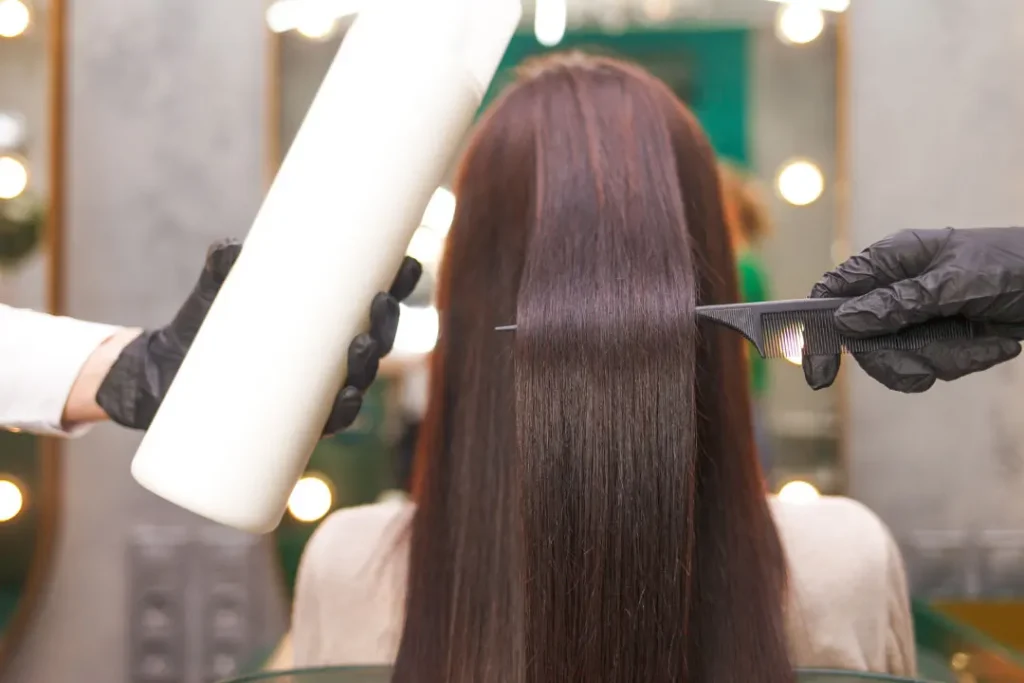
Keratin treatment for thin hair:
Drawbacks
A big concern with keratin treatment is that formaldehyde, a known carcinogen, is often used in formulating professional treatments, such as the Brazilian Blowout. Formaldehyde can also be the cause of a variety of health concerns. Even a tiny amount can cause nose and throat irritation and potentially damage the lungs. Some solutions use glyoxylic acid instead of formaldehyde, which isn’t as dangerous but could still produce flammable or toxic gases in a chemical reaction.
These treatments can also be counterproductive and cause more harm to the hair. Applying keratin involves high heat, so damaged or fine hair is more susceptible to damage.
These treatments may be for you if you want to smooth out your hair, reduce frizz, or increase shine. However, if you’re dealing with thinning hair, doing a keratin treatment may do more harm than good.
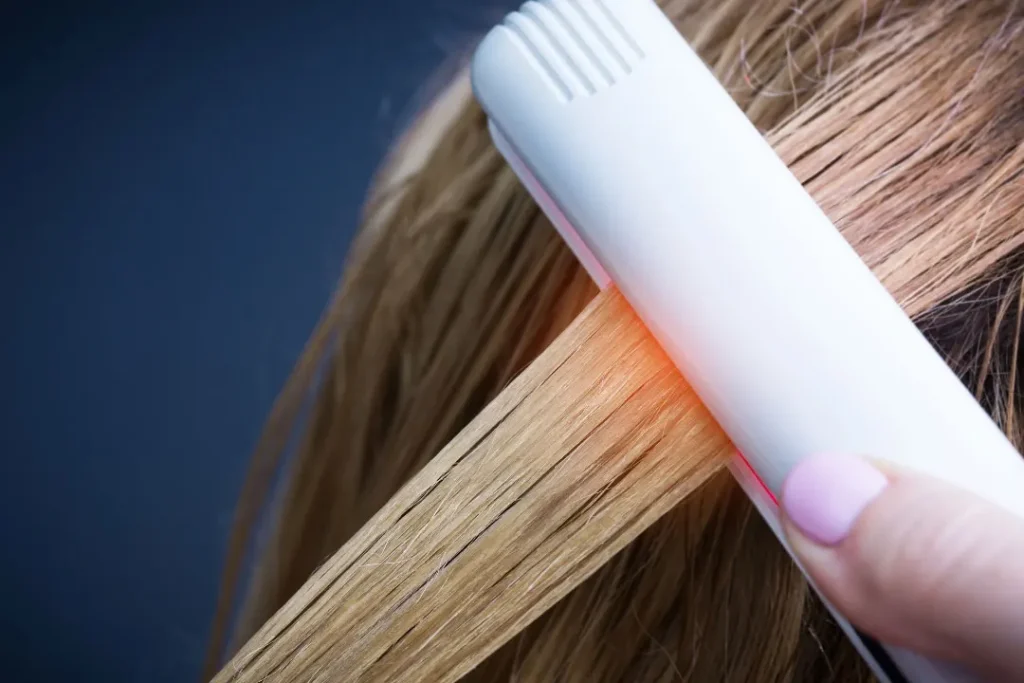
Keratin treatment for thin hair:
What about stem cells?
While stem cell treatment is relatively new, emerging research suggests it can effectively treat thinning hair and hair loss by directly targeting the cause. When hair loss occurs, the cells responsible for hair health and growth are either dying or dead.
The cells that make up our body age as we age. When hair is thinning due to multiple factors — time, environmental, medical, or otherwise — cells can’t divide or multiply. Stem cell therapy directly counteracts this. Stem cells are the building blocks of cells that all specialized cells are formed from.
For hair, stem cells stimulate the follicles to grow. A massive hurdle in stem cell therapy is getting the body to accept the cells, as the immune system may think they’re foreign intruders. Most treatments will use stem cells from your body to circumvent this rejection. However, one disadvantage is that since growth starts at the cellular level, it can take a while to see any physical results.
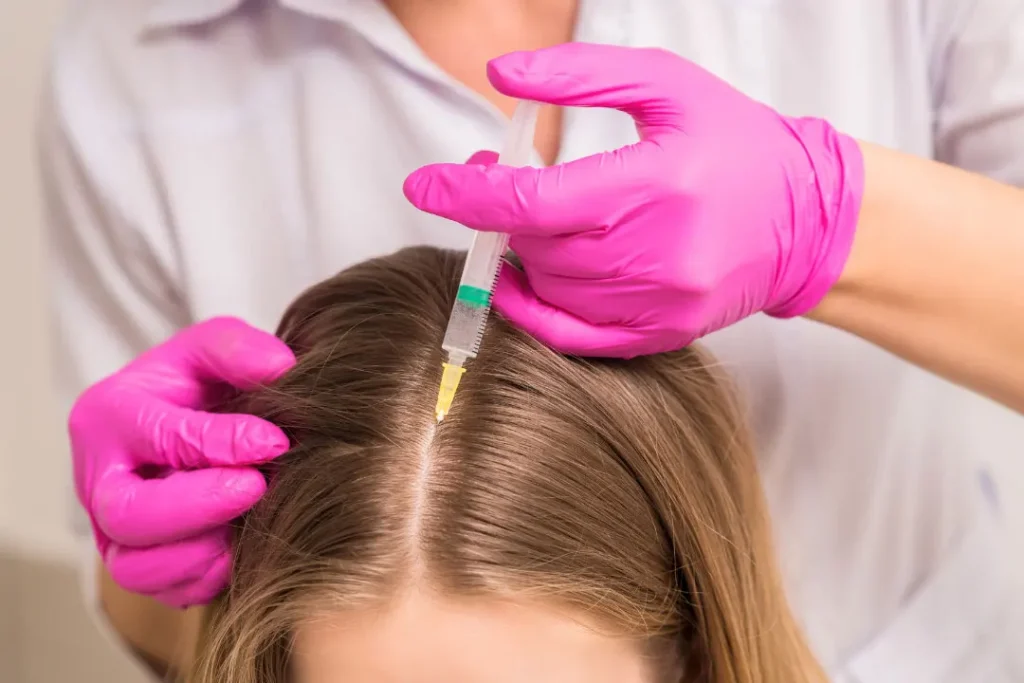
Options for stem cell treatment over keratin treatment for thin hair
While a few companies on the market incorporate stem cells, one brand that stands out is More Hair Naturally. The company aims to combat hair loss naturally, using stem cells to target the cause. These stem cells are not sourced from controversial embryonic cells, but are sourced from donated human fat cells. Their products also incorporate peptides (essentially mini-proteins), enzymes, and probiotics. Their More Hair Naturally 9 formula also incorporates Redensyl, Baicapil, and Capixyl to stop hair loss and block DHT on the scalp, a common culprit for hair loss.
Their starter kit is also a great place to start. It includes shampoo, conditioner, More Hair Naturally 9, and Hair & Scalp Synergy. This system is an investment, but they also offer afterpay so you can break the cost up into more manageable payments.
According to CEO Mahryah Shain, “We want to set everyone up to succeed. We need to know where people are at, so we can establish realistic expectations.” Shain continues, “We’re very proud of our products, and we’re very proud of the uniqueness of them. We’re proud of the fact that they’re not going to harm you. They’re going to help your life and enhance your well-being.”
More Hair Naturally wants to positively affect people’s lives by helping improve confidence, self-esteem, and joy for life.
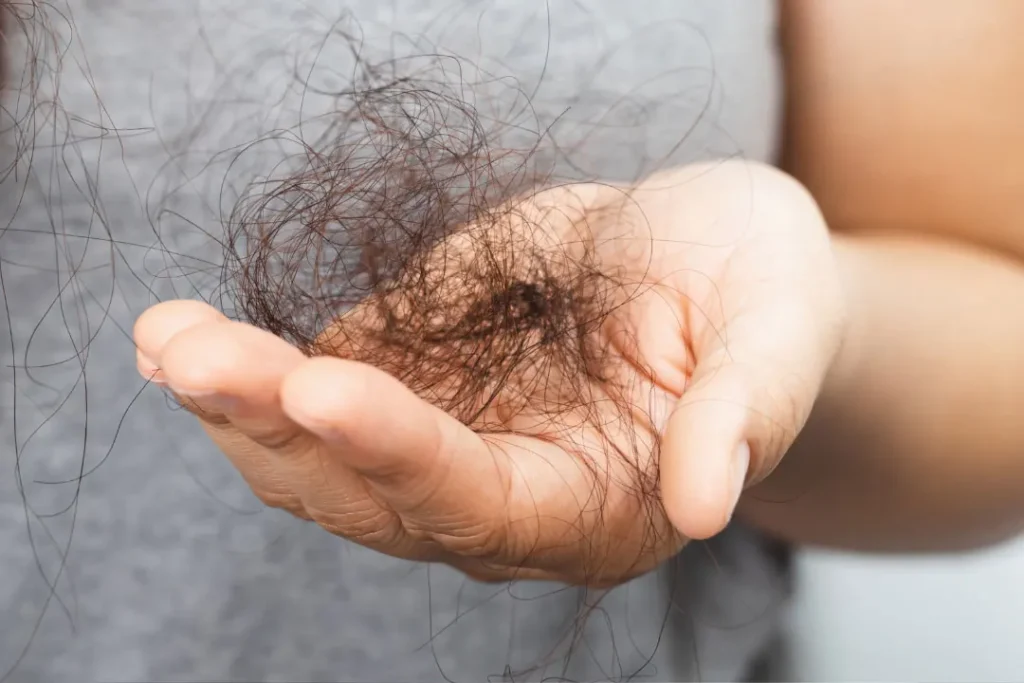
Keratin treatment for thin hair or stem cells?
Between keratin and stem cell treatments, the latter seems more effective and less harmful. Keratin treatment provides fast results, but they’re not lasting and can damage your hair instead of strengthening it. As long as safe chemicals are used in treatment, keratin treatments may be your best bet for frizz. However, if you’re looking for something more permanent to address thinning hair, stem cell treatment may suit you. Be sure to ask your doctor about possible treatments, and start your research below.
Further reading:
Medical News Today: Cure for baldness? Stem cells bring hope
National Library of Medicine: The Role of Vitamins and Minerals in Hair Loss: A Review
Medical News Today: What to know about keratin hair treatments
Important Note: The information contained in this article is for general informational purposes only, and should not be construed as health or medical advice, nor is it intended to diagnose, prevent, treat, or cure any disease or health condition. Before embarking on any diet, fitness regimen, or program of nutritional supplementation, it is advisable to consult your healthcare professional in order to determine its safety and probable efficacy in terms of your individual state of health.
Regarding Nutritional Supplements Or Other Non-Prescription Health Products: If any nutritional supplements or other non-prescription health products are mentioned in the foregoing article, any claims or statements made about them have not been evaluated by the U.S. Food and Drug Administration, and such nutritional supplements or other health products are not intended to diagnose, treat, cure, or prevent any disease.


